Shun Goku Satsu (瞬獄殺, lit. "Instant Hell Murder") also called the "Raging Demon", is a technique commonly seen in the Street Fighter
games. Usually, it is a super move that requires a full meter to
execute, is unblockable, and inflicts heavy damage. It is normally
associated with Akuma, although Ryu has been able to use it as well (only in his Evil state).
The motion for the move is usually Jab (LP), Jab (LP), Forward, Short
(LK), Fierce (HP) tapped separately and rhythmically (although in Street
Fighter IV, allows the last three inputs to be pressed simultaneously).
In practical use however, the first two Jabs are hidden during some
other action to surprise the target.
History
The Raging Demon in the storyline was a very powerful, but fatally
dangerous technique taught in the original principles of the martial art
taught by Goutetsu. The move usually defeats the opponent instantly or kills them while destroying their soul.
While immensely powerful, some characters have survived its wrath. Gill faced a Raging Demon head on, but because of his Resurrection ability, he survived the encounter. Gen
also managed to withstand the attack by emptying his soul in time
before it could consume him, but it took a lot of power to do so. M. Bison has faced it at the end of Super Street Fighter II Turbo, but kept a portion of his life force and a part of his soul within Rose which allowed him to come back in Street Fighter IV. Gouken,
Akuma's brother, has also been confirmed to have survived. This was due
to his embrace to "emptiness" within his fighting style. It was most
likely that Gouken performed a soul evacuation much like Gen but
somewhat mistimed it, resulting in Gouken lapsing into a comatose state.
However, this attack cannot work on people who have no souls or
artificial life forms.
Concept

Appearances
Super Street Fighter II Turbo
featured the first appearance of this attack, though it was not its
first usable appearance; Akuma's introduction has him perform the attack
on Bison just as he is about to face the player. It was Akuma's Super
Combo in later versions of the game.[1] The Raging Demon continued to be Akuma's trademark Super Combo throughout the Street Fighter Alpha series. As an extension, Akuma's Alpha series inspired appearance in Super Gem Fighter Mini Mix as a deformed character, also uses the Raging Demon with an altered input to accomodate the three button interface.
The Raging Demon returned along with Akuma in Street Fighter III: 2nd Impact as his secret Super Art, and one of two secret Super Arts in Street Fighter III: 3rd Strike.
He could use it in a match no matter what Super Art had been selected,
thus giving him access to more than one Super Art at any given time.
Naturally, the Raging Demon has also been Akuma's signature Super Combo in the various crossover games such as Capcom vs. SNK, Marvel vs. Capcom and Street Fighter X Tekken
series. It also makes its first ever CG appearance as well in Steve Fox
and Hwoarang's ending after the latter has his wish to fight a hundred
fighters at once unwittingly granted by Pandora by summoning a gauntlet
of Akumas where they all attack at once.
The move made its second CG appearance in Asura's Wrath, Lost Episode 1: At Last, Someone Angrier Than Me; Evil
Ryu and Asura used it on each other, but both are seen standing after
the sucessful quick-time event, drawing the conclusion that the moves
canceled each other blow by blow. In Lost Episode 2: The Strongest vs. The Angriest, Oni attempts to use the Raging Demon, but is interrupted and countered, resulting in Oni flying into the air.
Wrath of the Raging Demon

From a gameplay point-of-view, the previous properties of his Raging
Demon have been divided between his Super and Ultra combo. The Super
version is a zero frame grab, making it impossible to evade after the
Super Flash in throw range. The Ultra version however gets the startup
invincibility and high damage. Due to its telegraphed nature, 'Kara
Demons' are nearly useless with the Ultra version. Instead the Ultra
functions better as a counter, punish and anti-air.
Shin Akuma's Wrath of the Raging Demon uses a true Ashura Senku
during the slide, has the ability to pass through attacks that would
normally cancel the Raging Demon and grants them priority over almost
all moves allowing to cancel them (including Ultra Combos.) The speed of
the slide is much faster than that of his playable counterpart, and the
slide itself covers the entire screen.
Screenshots
Akuma about to deliver the Raging Demon on M. Bison in Super Street Fighter II Turbo
Akuma's Raging Demon in Street Fighter Alpha 2
Akuma's Raging Demon in Street Fighter Alpha 3
Evil Ryu's Raging Demon in Street Fighter Alpha 3 (PSX).
Akuma's Raging Demon in X-Men vs. Street Fighter
Rogue's Demon Rage in X-Men vs. Street Fighter
Akuma's Raging Demon in Marvel Superheroes vs. Street Fighter
Cyber Akuma's Shining Gou Shock in Marvel Superheroes vs. Street Fighter
Dark Sakura's Raging Demon in Marvel Superheroes vs. Street Fighter
Ryu's Raging Demon in Marvel vs Capcom (Akuma Mode)
Akuma's Raging Demon in Marvel vs Capcom 2
Dark Sakura's Raging Demon in Marvel vs Capcom 2
Akuma's Raging Demon in Super Gem Fighter Mini Mix
Akuma's Raging Demon in Capcom vs. SNK 2
Evil Ryu's Raging Demon in Street Fighter EX Plus Alpha
Akuma's Raging Demon in Street Fighter EX Plus Alpha
God Akuma's Raging Demon in Capcom vs. SNK 2
Evil Ryu's Raging Demon in Capcom vs. SNK 2
God Rugal's Final Judgement in Capcom vs. SNK 2
Akuma's Raging Demon in Street Fighter III 2nd Impact
Akuma's Raging Demon in Street Fighter III 3rd Strike
Akuma's Wrath of the Raging Demon in Street Fighter IV
Akuma's Raging Demon in Street Fighter IV
Oni's Raging Demon in Super Street Fighter IV: Arcade Edition
Evil Ryu's Raging Demon in Super Street Fighter IV: Arcade Edition
Akuma's Raging Demon in Marvel vs Capcom 3
Akuma's Raging Demon in Street Fighter X Tekken
Evil Ryu and Asura after exchanging Raging Demons in Asura's Wrath - Lost Episode 1
Source: http://streetfighter.wikia.com/wiki/Raging_Demon
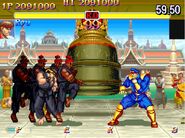
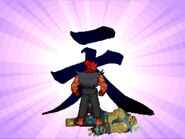
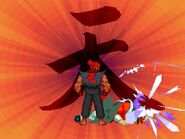
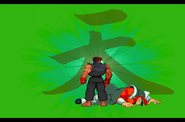

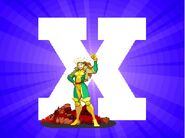
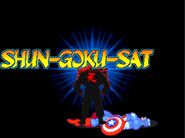

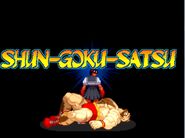
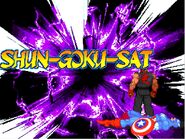
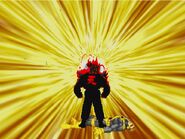
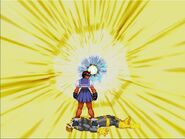
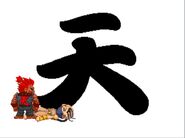
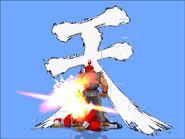


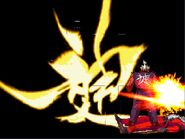
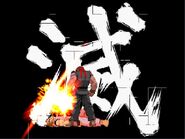

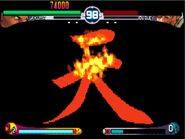
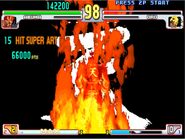
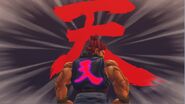
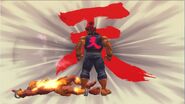



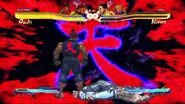

No comments:
Post a Comment